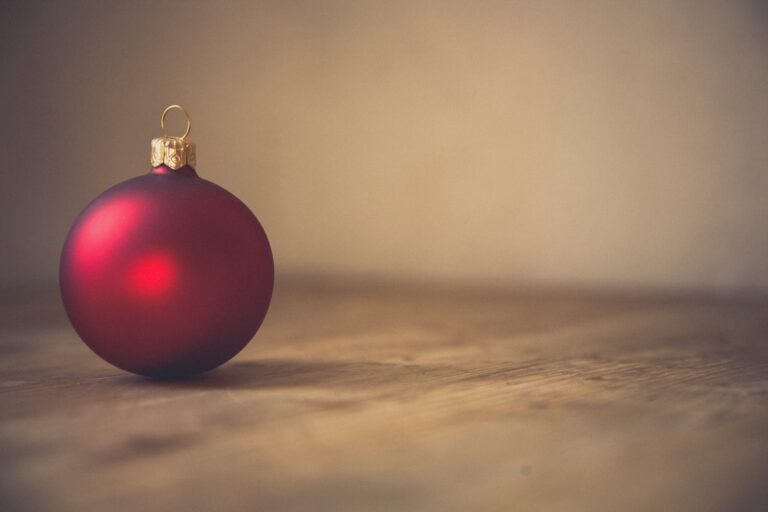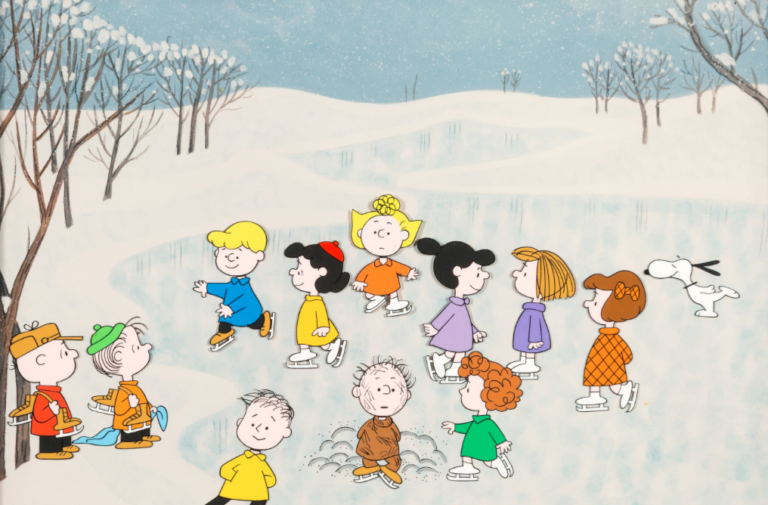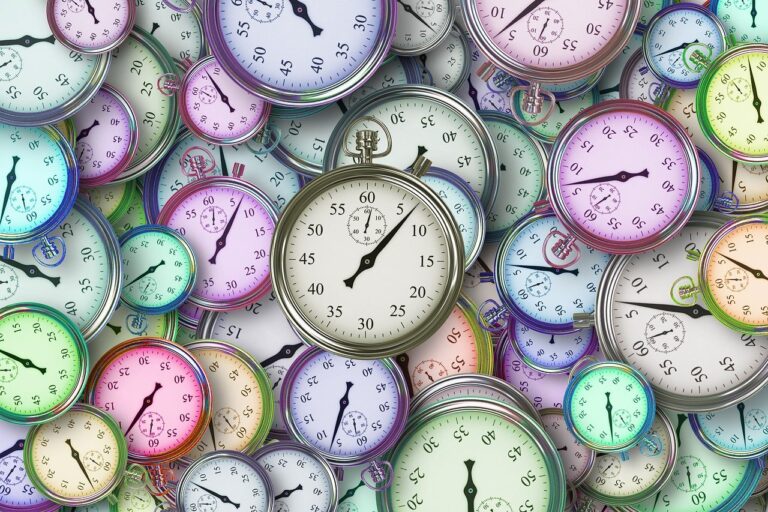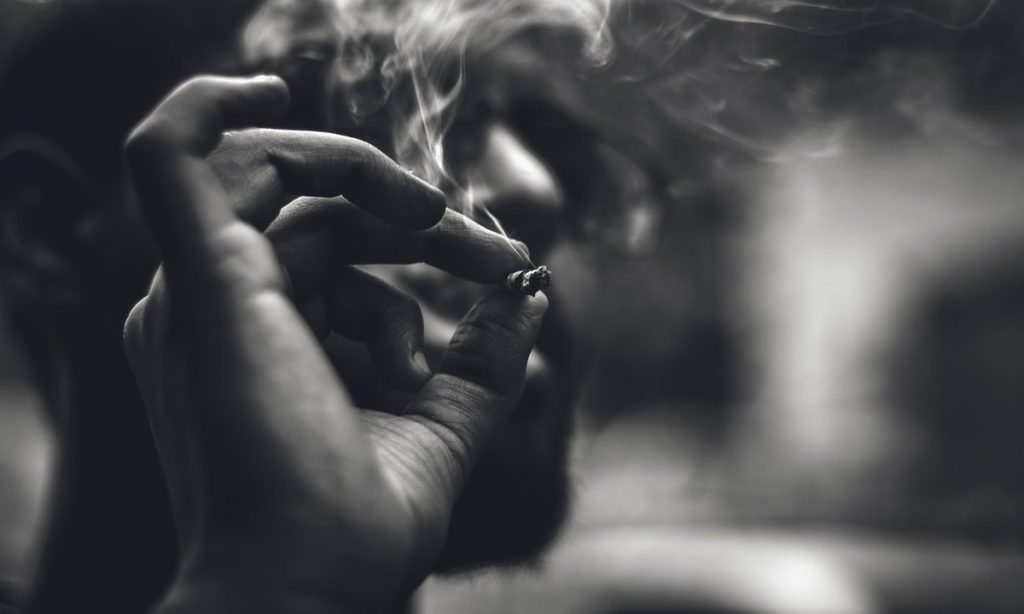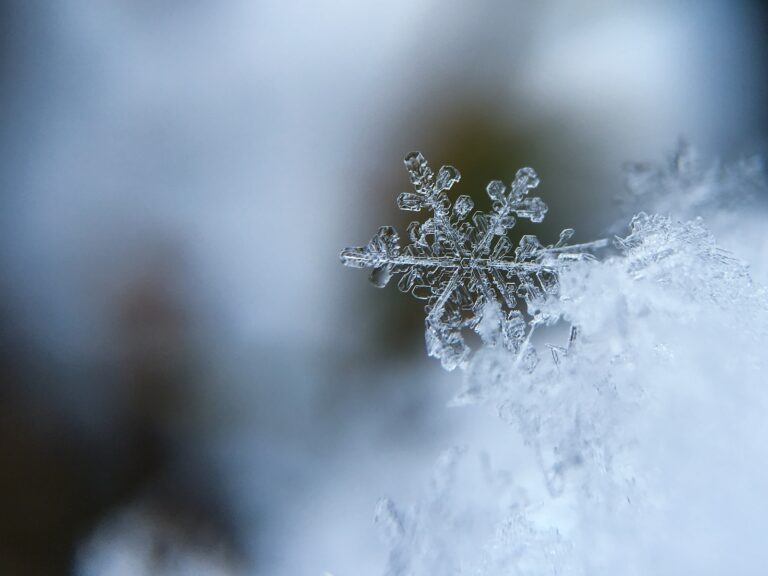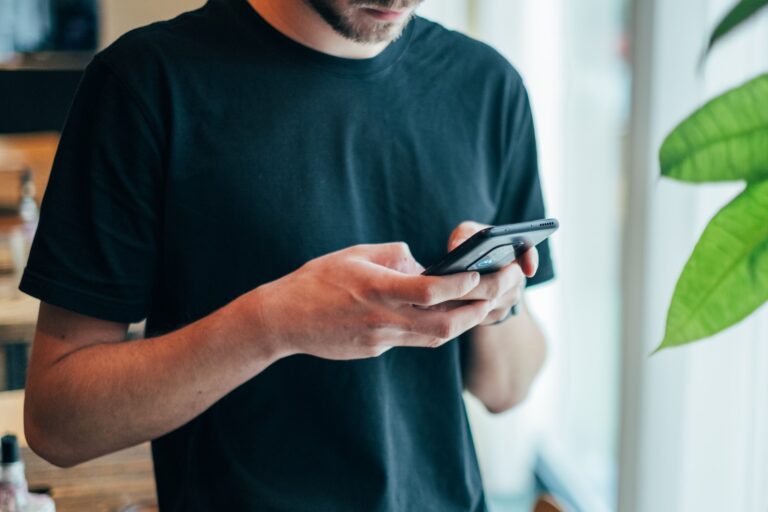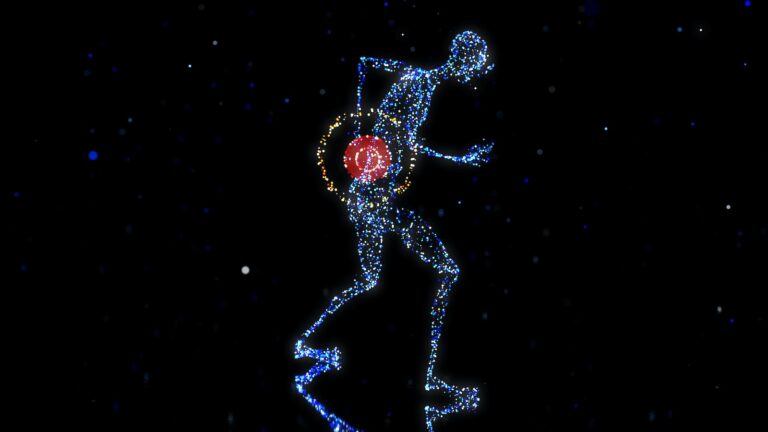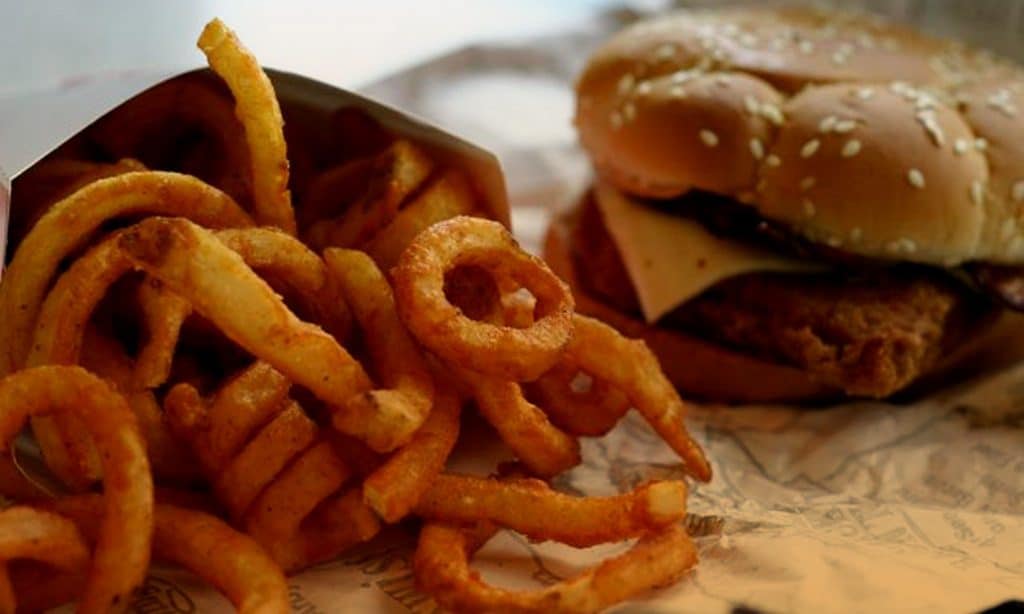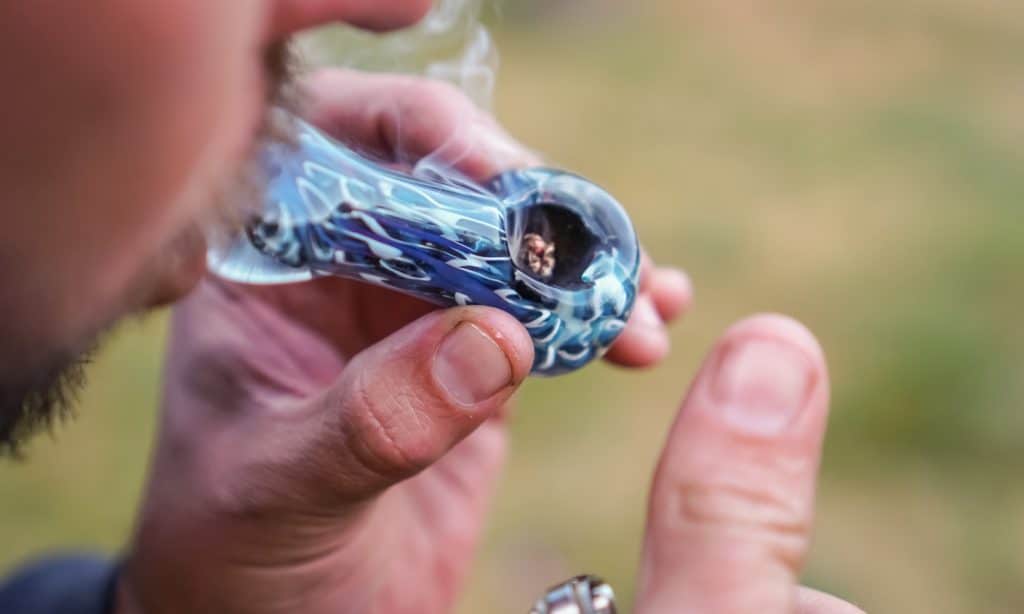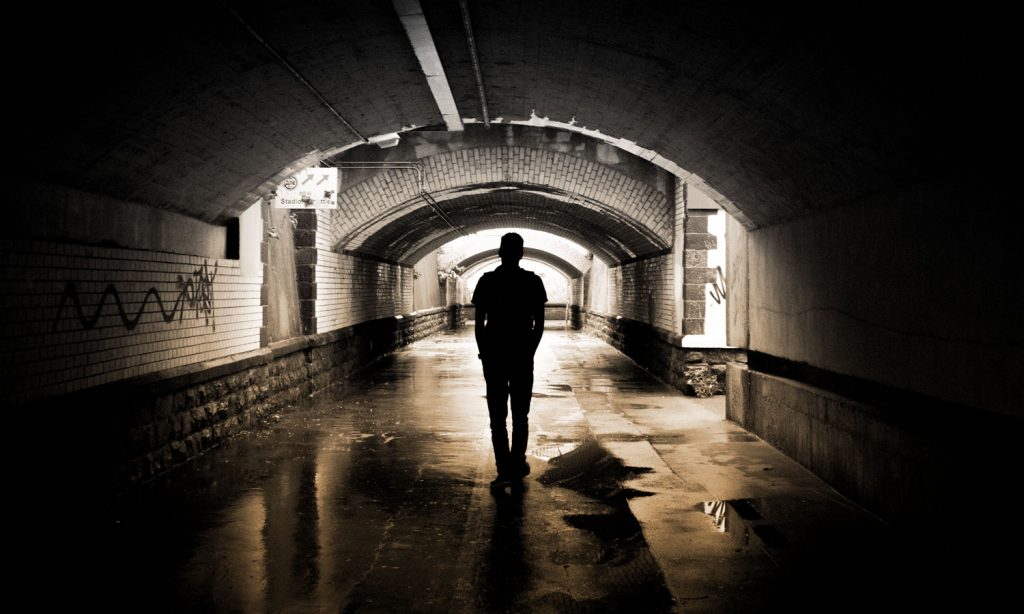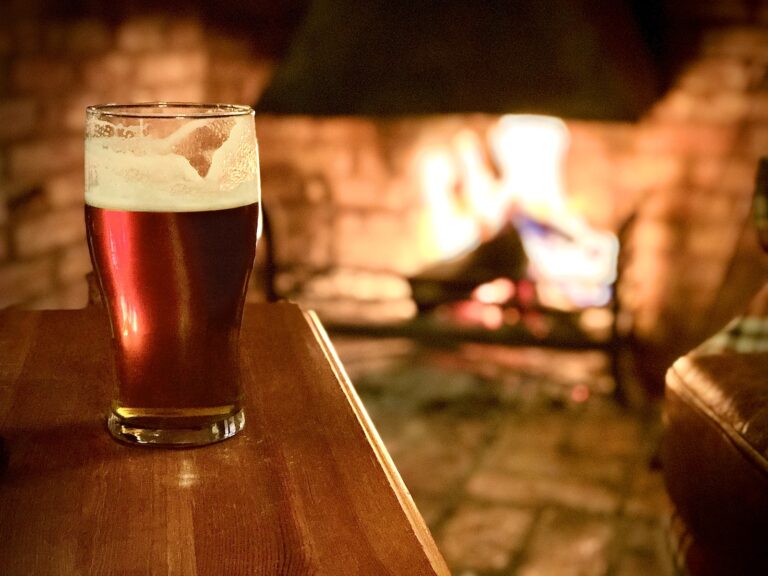Once it was something you had to go outside since you “forgot something in the car” – but now it has totally mainstreamed
The holidays have been filled with wine, eggnog and maybe one friend or relative who has been a bit over served. The stereotype is some of the younger cousins “forgetting something in the car” and having a little puff puff pass. But as over 50% of the country has access to legal weed, those imagines need to move over for modern times. And now data suggests cannabis is a new holiday tradition.
RELATED: What To Consider Before Giving Marijuana As a Gift
With the legal trend and states like Ohio, Arizona, Michigan, and Alaska having full recreational cannabis, it has become very mainstreamed. Even Fox News has come around as a majority of their viewers believe in some type of legalization. And, people age 65 and older are experimenting with marijuana more than any other age group.

TD Cowan released data to show marijuana continues to make inroads on alcohol. Viven Azur, from TD Cowan, is one of the top data and financial analysts in alcohol, cannabis and tobacco. According to data, states with access to legal cannabis marijuana are underperforming. Meanwhile, the 5-year alcohol volume for adult-use cannabis states has underperformed non-cannabis states.
RELATED: Easy Holiday Whiskey Cocktails
TD Cowen shared historically alcohol purchases have grown at a 5% annual rate. However, younger consumers are opting to go sober for longer. As marijuana mainstreams, Azur expects cannabis sales to grow 11% in 2023 and alcohol to grow 3% in 2023. As cannabis consumers drink less, they report consuming cannabis on a more frequent basis.
RELATED: Best Ways To Detach From Work Over The Holidays
And BDSA, a leading data analyst company which also covers the cannabis space released surprising data. Women have had a large embrace in use. In fall of 2019 43% of marijuana consumers were woman, in spring of 2023 it moved ot 47%. As the user market has grown, the portion of female users have grown with it.
Since women tend to drive holiday celebrations, meals and family gatherings, there almost equal use means marijuana is on the list of acceptable things more than before. And with the younger population drinking less and having a gummy more, it means a change during the festive season. So data suggests cannabis is a new holiday tradition and here to stay.

